A personal reflection from the pilgrim’s path
Today, I lie in a hotel bed with fever, my walking pilgrimage temporarily paused. Yet somehow, in this enforced stillness, I feel closer than ever to the saint whose path I follow. The physical Camino may have granted me a respite, but the interior journey to Santiago—to Saint James—continues uninterrupted, perhaps even deepened by this unexpected detour.
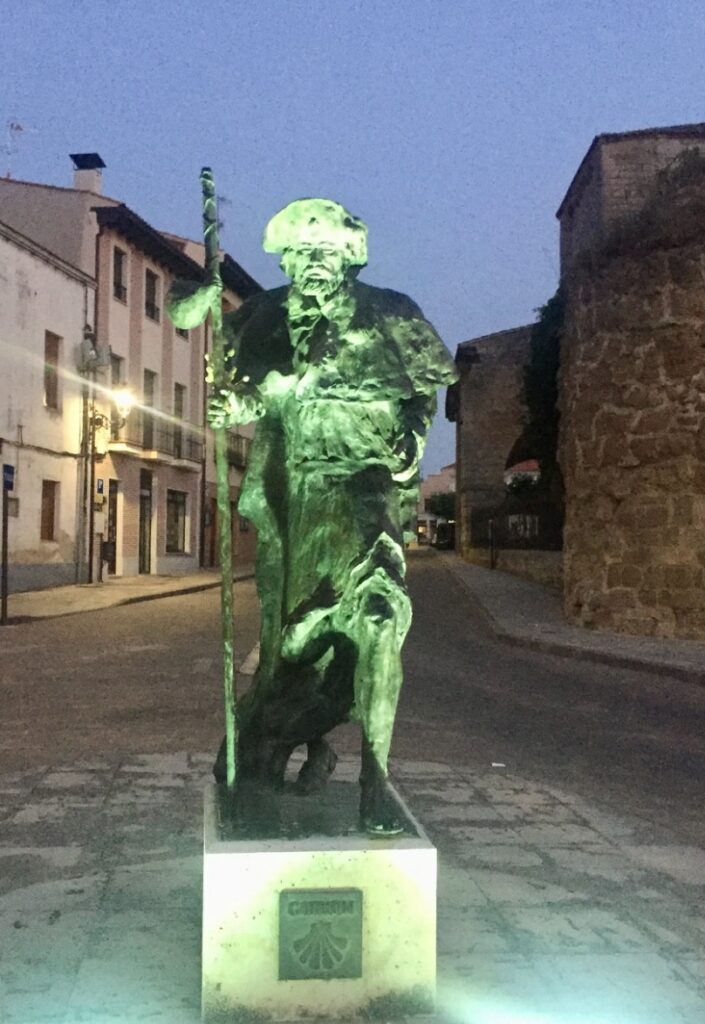
The Name That Follows
I’ve been thinking about names today. About how the Hebrew Ya’akov became the Greek Iakobos, then the Latin Iacobus, before branching into the Spanish Santiago, Polish Jakub, and English James. But beyond these linguistic transformations lies something more profound—the meaning carried within the name itself.
In Genesis, Jacob is named for grasping his twin brother’s heel at birth—the heel-holder, the follower, the one who comes after and yet proceeds ahead. This meaning traveled unchanged into the New Testament, where it attached itself to a fisherman from Galilee who would become one of Jesus’ closest companions.

And suddenly, this etymology illuminates something I never fully appreciated about the apostle James.
The Third Man of the Inner Circle
In the Gospels, whenever Jesus selects his innermost circle—for the raising of Jairus’ daughter, for the Transfiguration, for the anguished prayer at Gethsemane—the list is always the same: Peter, James, and John.
Peter emerges clearly as “the rock,” the foundation. John becomes “the beloved,” the mystic who would pen soaring theological reflections. But James? He seems, at first glance, more transparent, more in the background—always present at pivotal moments yet somehow more elusive in character.
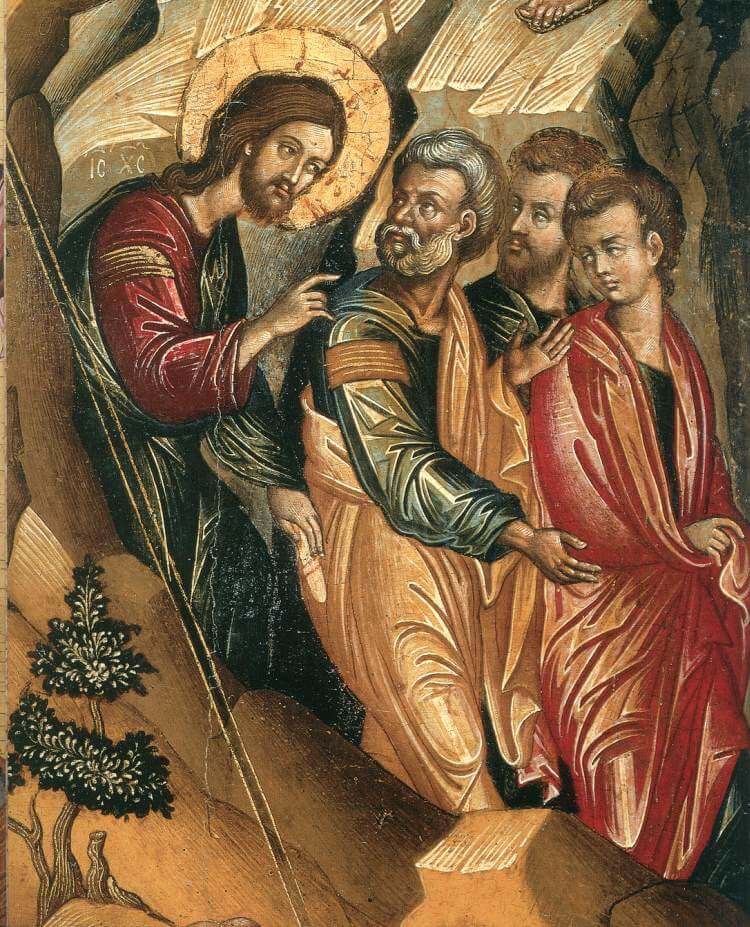
But what if that’s precisely who James was meant to be? The heel-holder. Not the one who stands at the front, not even the one who rests his head on the Master’s breast, but the one who follows with unwavering persistence. The one who holds onto the journey, no matter what.
What was it about James that earned him this place in Jesus’ innermost circle? This question haunts my Camino, especially today as I rest with fever. Was it something in his character that complemented Peter’s leadership and John’s contemplative nature? Did he bring something essential that the others couldn’t provide?
Sons of Thunder
Jesus nicknamed James and his brother John “Boanerges”—Sons of Thunder. We glimpse this thunderous nature when the brothers want to call down fire from heaven upon an unwelcoming Samaritan village. There’s something so beautifully human in this moment—their indignation on Jesus’ behalf, their fierce protectiveness, their certainty that heavenly fire is the appropriate response to those who reject their Lord.

I can almost hear Jesus’ sigh, his gentle rebuke as he redirects their thunderous energy. They had so much to learn about the nature of his kingdom, about power made perfect in weakness.
And yet, there’s something touching about their loyalty. They cannot bear to see Jesus rejected. Their response may be misguided, but their hearts are unmistakably with him.
The Cup Accepted
Later, when James and John (or in Matthew’s account, their mother) ask to sit at Jesus’ right and left in his kingdom, Jesus asks a penetrating question: “Can you drink the cup that I am going to drink?”
Their confident “We can” reveals both naivety and courage. They don’t yet understand what that cup entails, yet they’re willing to follow Jesus wherever he leads.

For James, this promise would be tested sooner than for any other apostle. In Acts 12:2, we read the brief, stark account of his martyrdom—”He [King Herod] had James, the brother of John, put to death with the sword.” The first apostle to follow Jesus even unto death. The heel-holder who followed his Master along the ultimate path.
Finding James in the Shadows
Fever has a strange way of clarifying things sometimes. As I lie here, unable to walk the physical Camino today, I find myself wrestling with a question that has grown more pressing with each step toward Santiago: Who exactly was James?
This isn’t just historical curiosity. It’s a pilgrim’s need to know whose footsteps I’m following, whose story I’m entering.

We know so much about Peter—his impulsiveness, his denials, his restoration, his leadership. We know John as the beloved disciple, the mystical theologian whose Gospel soars to heavenly heights. But James? He seems more elusive, more hidden, though he was unquestionably part of Jesus’ innermost circle.
Important clarifications have emerged on this fever-day: The James of the Camino is definitely James the Greater, son of Zebedee and brother of John. He is the apostle martyred in Acts 12, the first to give his life for the gospel. He is not James the Just (Jesus’ brother) who wrote the Epistle of James. My Camino leads to the resting place of the “Son of Thunder,” the fisherman-turned-apostle who was always there at pivotal moments of Jesus’ ministry.
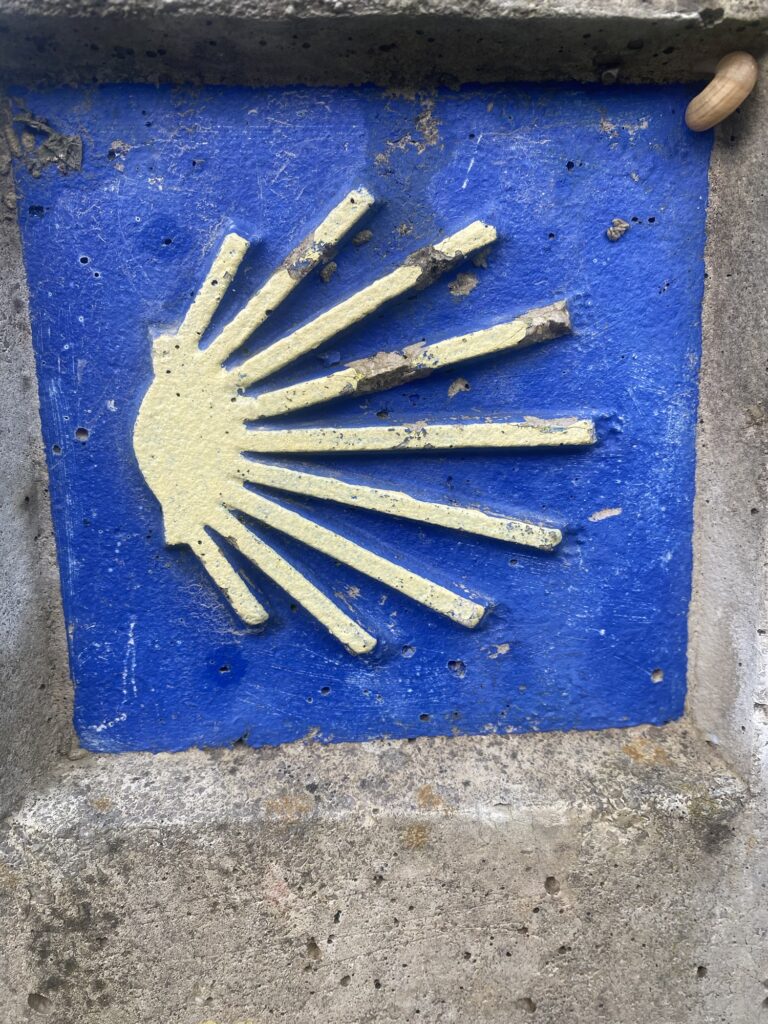
But knowing these facts still leaves the central question unanswered: What was it about James that made him special? What quality drew Jesus to include him in those most intimate moments? What made him James?
I’ve begun to wonder if it was precisely his “heel-holding” nature—his persistent, unshakeable followership—that made him essential. Perhaps in a group that included a rock and a mystic, Jesus also needed a loyal, grounded presence who created space for sacred moments to unfold.
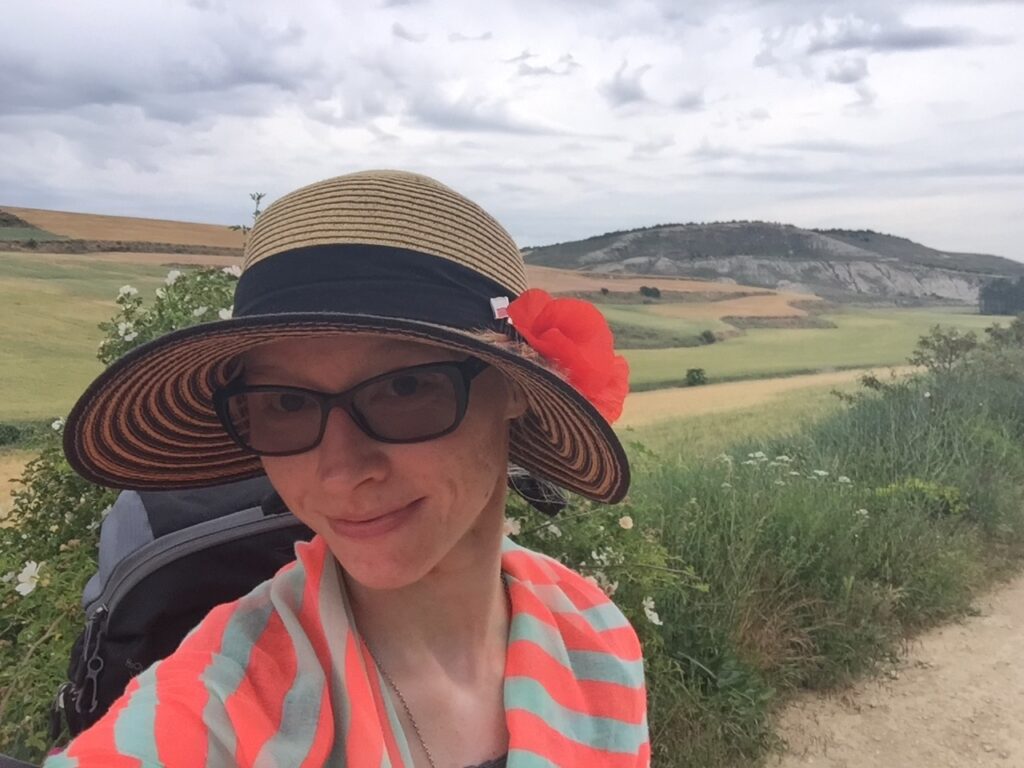
His name in Hebrew carries no glory—just the simple image of holding on, of following after. Yet in that persistent following, he found himself present for the most transformative moments of Jesus’ ministry. And in that same persistent following, he became the first to complete the journey his Master had walked, drinking the cup of martyrdom as promised.
Fellow Pilgrim
As I hope to resume my walking soon, I carry this new sense of companionship with Saint James. My pilgrimage is no longer just about reaching Santiago, but about walking with this heel-holder, this thunder-son, this persistent follower whose life reminds me that sometimes the most sacred role is not to lead or to be the beloved, but simply to hold on and not let go.
The more I ponder James, the more I wonder if he might have been the one who brought laughter and lightness to Jesus’ inner circle. Growing up alongside his mystical brother John may have shaped James into someone more grounded, more joyful, more human. Perhaps he was the one who helped Jesus rest, who brought moments of relief amid the intensity of ministry.

This perspective helps explain Spain’s deep affection for him and offers a beautiful dimension to consider while walking the Camino—that our spiritual journeys need not always be solemn, but can include laughter and joy.
He teaches me that following Christ faithfully doesn’t require constantly being in the spotlight. That sometimes the most essential disciples are those who create space for sacred moments to unfold while bringing refreshing humanity to divine work.
And as I follow the scallop shells toward Compostela, I’m comforted by the thought that I walk in the footsteps of one who understood, perhaps better than most, what it means to be a true follower—all the way to the end.
¡Buen Camino, Santiago, mi compañero!
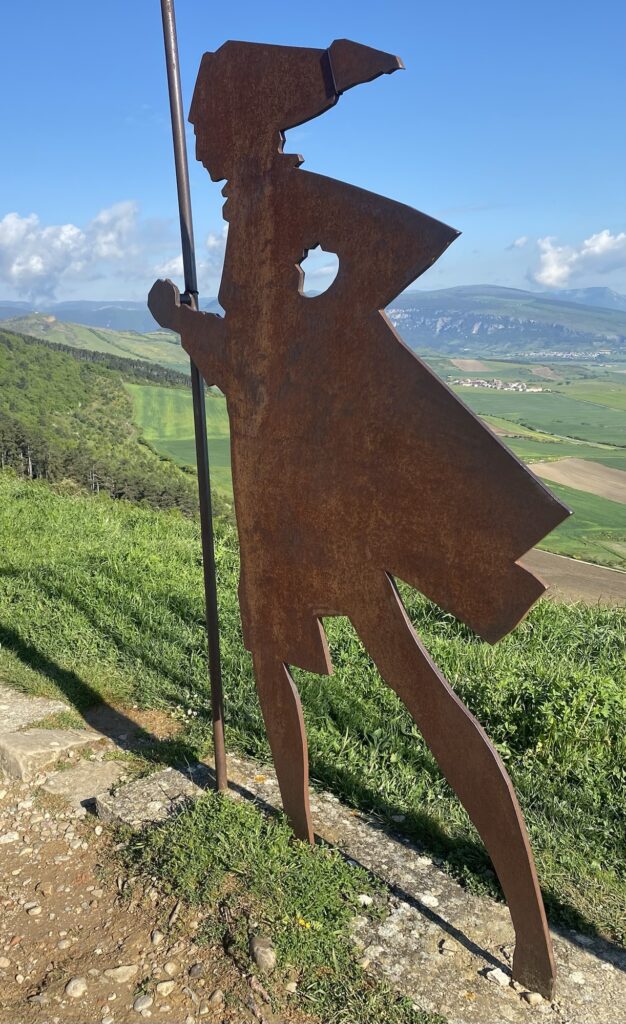

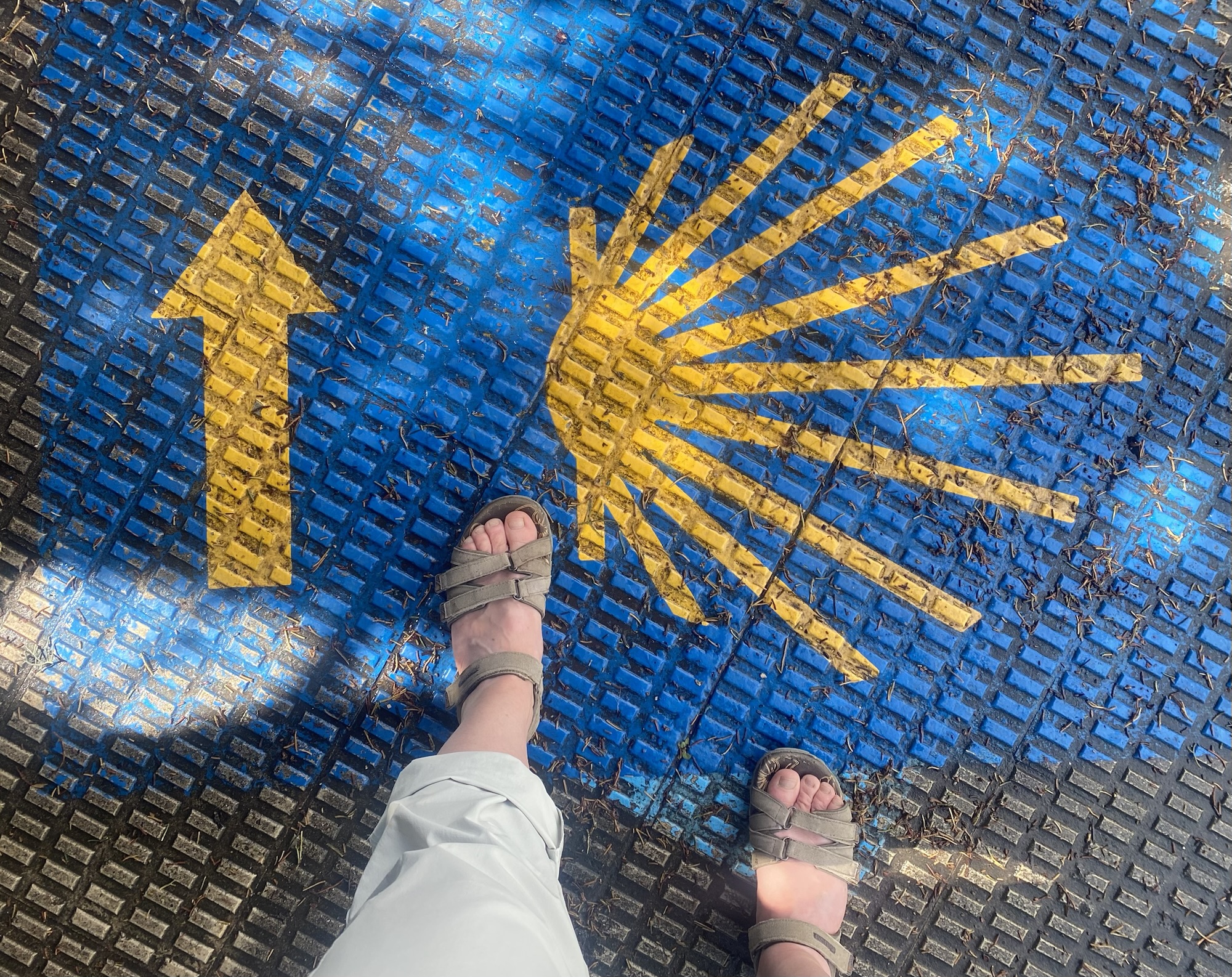
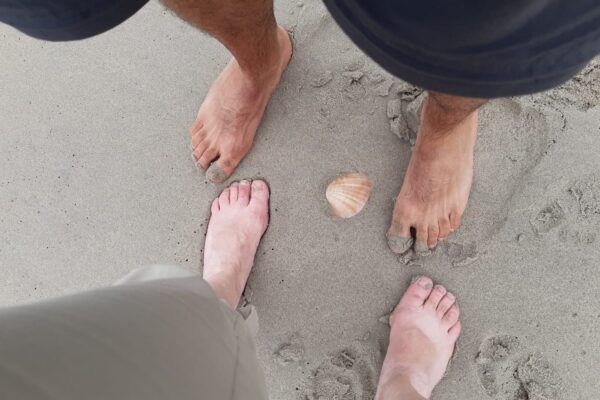
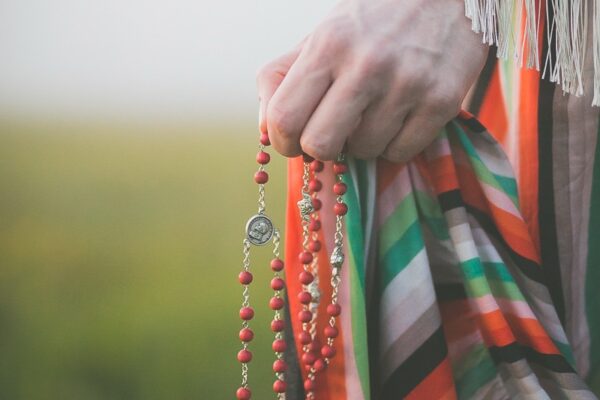

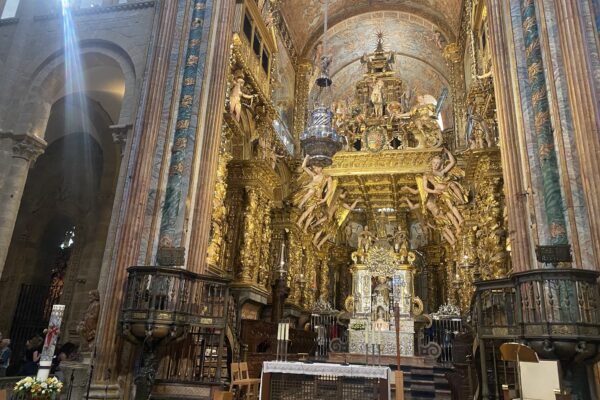
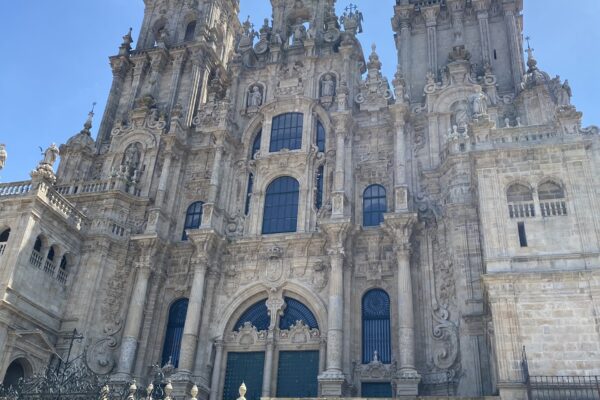

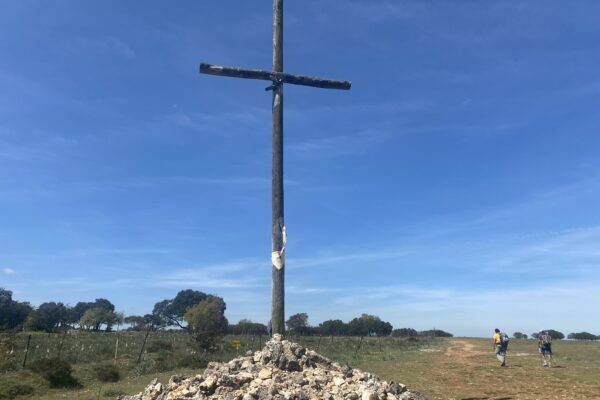
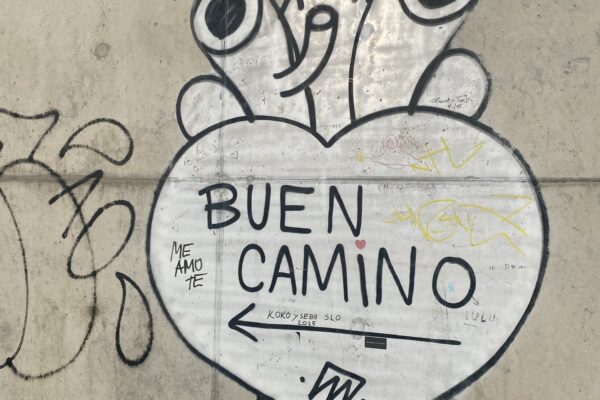
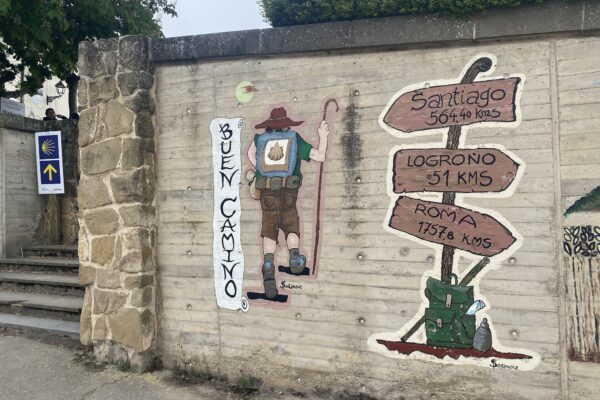
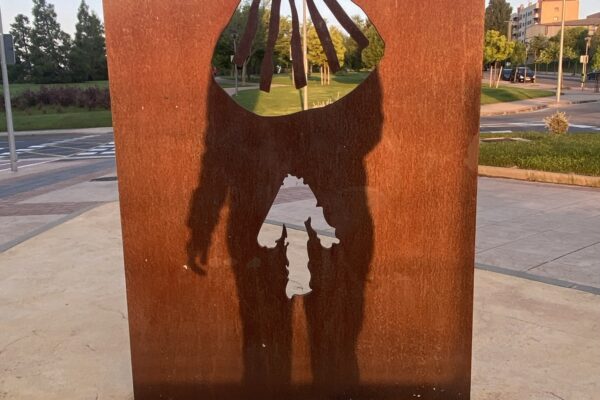

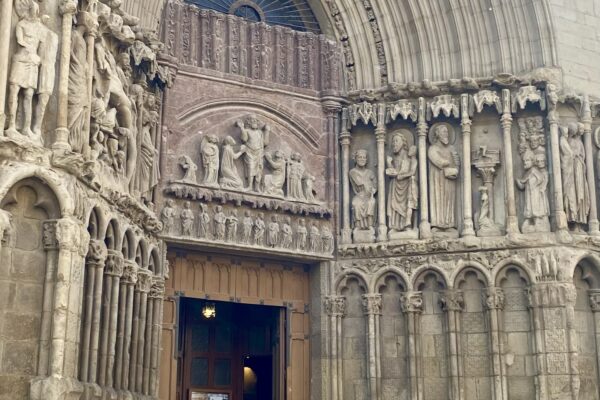
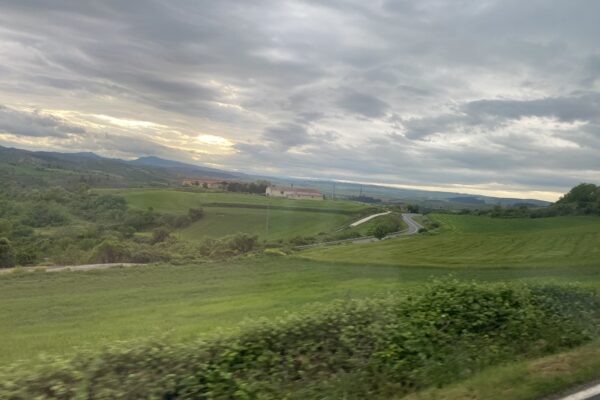



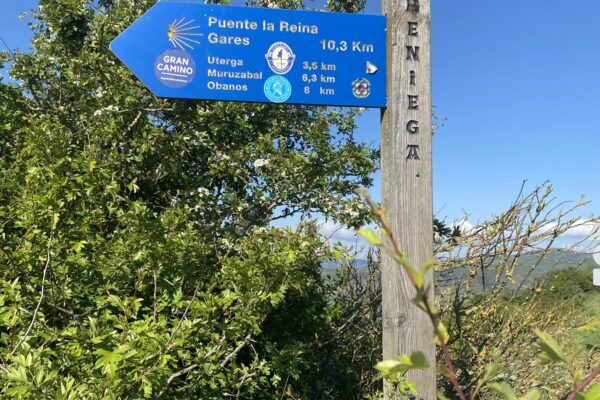
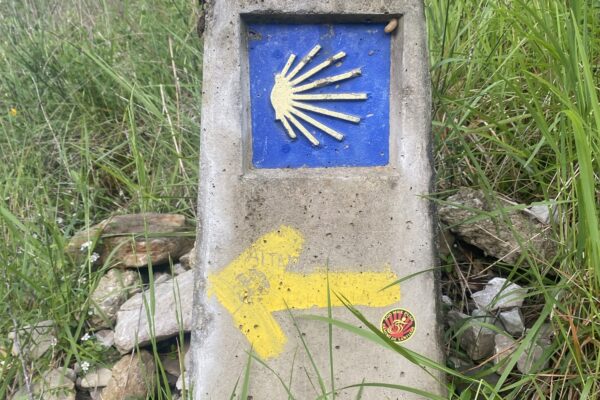
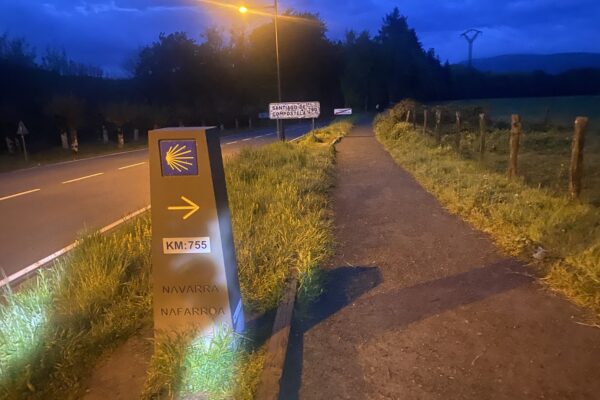
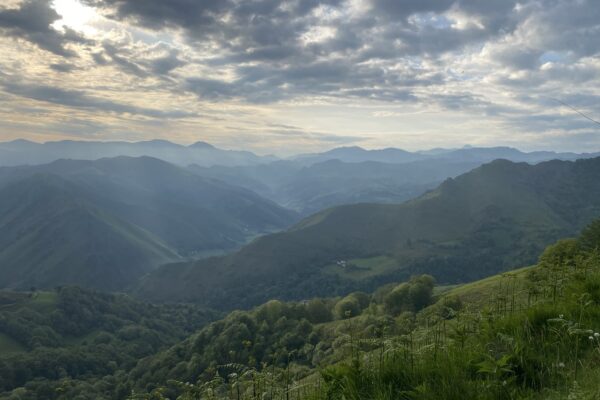

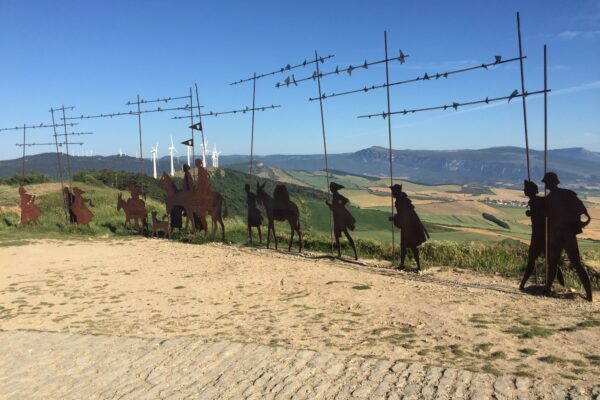
One thought on “In the Footsteps of the Heel-Holder: Finding Saint James on the Camino”